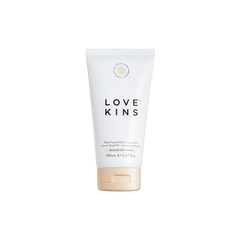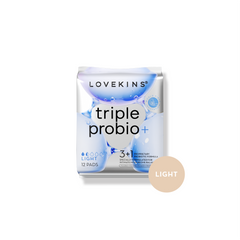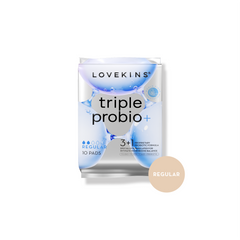As your body changes and stretches to grow and nurture your baby, your skin stretches to accommodate this. While there is indeed beauty in this, many mums want to know how to prevent and minimise the stretch marks they may experience. Stretching skin can also cause some discomfort, with many women experiencing a very tight and potentially itchy sensation, so let’s dive into the topic of stretch marks.
Stretch marks are most often thin pink, white or brown lines, depending on your skin colour, that appears on your skin’s surface where it is tightly pulled. Stretch marks in pregnancy are entirely normal, with about 8 in 10 women experiencing the appearance of stretch marks.

There is limited research when it comes to stretch marks, so what do we know? They are thought to be caused by changes in the body that cause the skin to alter rapidly. Women and men will often notice stretch marks when going through puberty or sudden weight gain and women during pregnancy. The skin is essentially being broken in places within the skin’s dermal layers, causing marks on the skin.
Genetics are said to play a role in predisposing factors of stretch marks, so if your mum had them, there is a high chance you will too. Hormonal changes during pregnancy are thought to be a cause for stretch marks, often related to a rise in estrogen and progesterone, especially in the third trimester when these hormones peak. Other factors such as increased birth weight, i.e., large babies, can also put extra stress on the skin, causing stretch marks. Stretch marks are most common in first pregnancies; however, they can occur for the first time in subsequent pregnancies.
Stretch marks can start to appear as early as 12 weeks however this can be different for everyone. Stretch marks can appear on the tummy, upper thighs, hips, bottom, and breasts. Often these are the areas in which your skin will be changing to accommodate your growing baby. When the skin is stretching, often pregnant women will notice the area becoming itchy as the skin is thinning. Rest assured stretch marks are entirely harmless, having no health concerns for you or your baby. However, if you do experience intense itching, this may be an underlying issue, and it’s best to chat with your health professional about this.

How can we help to minimise stretch marks?
- Moisturise your skin! Lovekins Stretch Mark Oil and Lovekins Stretch Mark Creamwork synergistically together. Lovekins Oil is best applied after a shower/bath at night when the skin is still damp. The Stretch Mark Cream has a lighter texture and can conveniently be used during the day. These carefully crafted products incorporate various active ingredients to assist with prevention and minimising the appearance of stretch marks. To keep the skin hydrated, moisturise twice each day, morning and night.
- Nourish your skin from the inside. As well as hydrating your body with beautiful, natural products, ensure you are hydrating and fueling your body with liquids and a whole foods diet rich in healthy fats.
- Get some sunshine on your skin each day. Vitamin D is critical for a healthy mum and baby during pregnancy. Sunshine also helps promote healthy skin.
- Maintain healthy weight gain during pregnancy through healthy eating and safe exercise. If you are unsure, chat with your midwife or ask to be put in contact with the hospital’s dietician for further advice.
- Embrace your lines! Your body has stretched to accommodate and grow your little love. As much as you can, see them as a reminder of how incredible your body is!

While stretch marks are harmless they are often permanent. For stretch marks that have already formed, continue to use Lovekins Stretch Mark Creamand Stretch Mark Oil.Most mums tend to see results between 4-8 weeks, though this is very dependent on each individual’s skin.
Practicing self-love and gratitude for how your body is changing will help you to accept the physical changes, even if just a little.
Shop our whole pregnancy range here.













